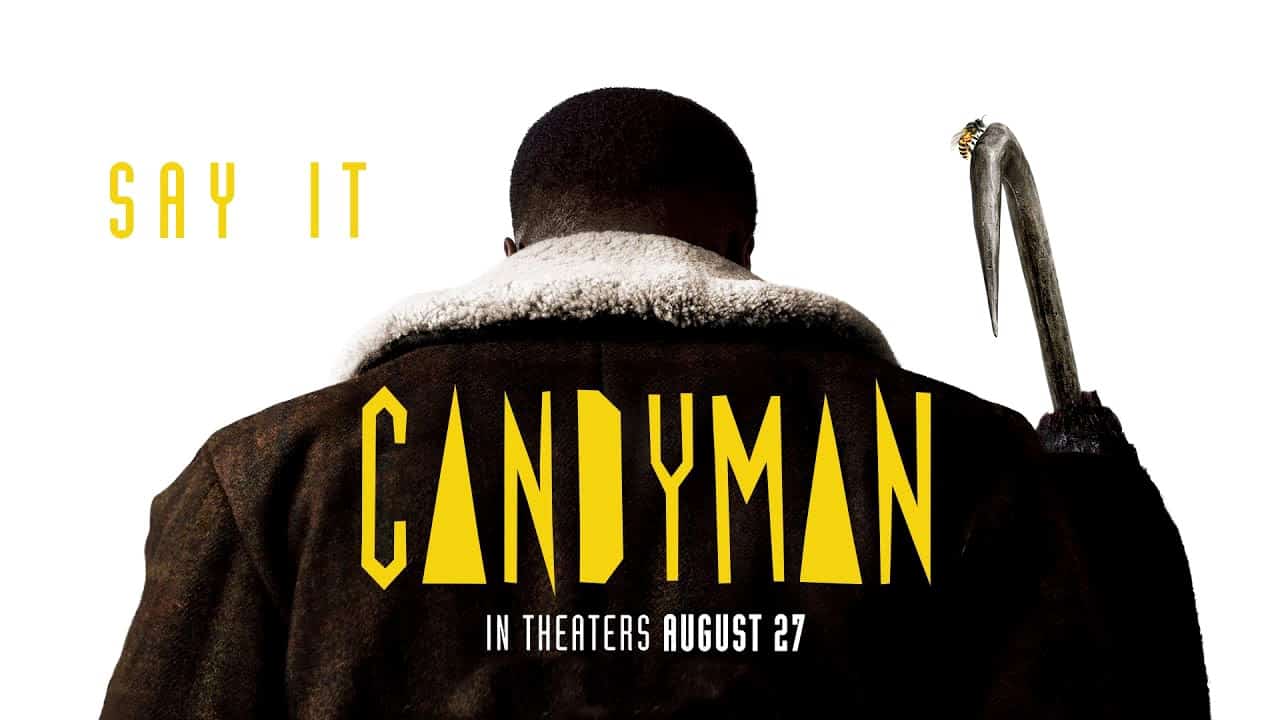When it comes to urban legends, there are few as infamous as Candyman. This horror thriller film, directed by Nia DaCosta, serves as a bone-chilling sequel to the original Candyman released in 1992. In this gripping tale, viewers are introduced to an artist named Anthony McCoy and his girlfriend Brianna Cartwright, who embark on a terrifying journey after moving to a luxurious condominium in Chicago.
The film explores the eerie urban legend of Candyman, a vengeful spirit who can be summoned by saying his name five times in front of a mirror. This grotesque figure, whose origins trace back to the 1980s, is connected to the tragic fate of Daniel Robitaille. Robitaille, a victim of racial injustice, was brutally murdered due to his interracial relationship.
As Anthony delves deeper into the legend of Candyman, his fascination intertwines with his art. Unknowingly, Anthony summons the vengeful spirit, setting off a chain of horrifying deaths. The consequences of resurrecting past traumas are laid bare as the relentless Candyman terrorizes the inhabitants of the luxurious condominium.
Under the skillful direction of Nia DaCosta, Candyman thrives as a heart-stopping horror film infused with thought-provoking themes. The exploration of urban legends takes center stage, providing an unsettling glimpse into the power they hold over our collective imagination. Additionally, the film delves into the world of art, showcasing the influence of Candyman’s legend on Anthony’s creative process.
Yahya Abdul-Mateen II delivers a stellar performance as Anthony McCoy, capturing his character’s obsession and descent into darkness. Teyonah Parris, Nathan Stewart-Jarrett, and Colman Domingo also shine in their respective roles, adding depth and nuance to the film.
Released in 2021, Candyman immerses viewers in a world where horror and thriller genres collide. The film’s chilling atmosphere and gripping storyline have solidified its place as a Halloween classic, with Candyman himself being one of the most feared characters associated with the holiday.
Nia DaCosta’s decision to maintain the title Candyman for the sequel was undoubtedly a wise choice. By doing so, she honors the legacy of the original film while delving further into the dark history surrounding the Cabrini Green area in Chicago. The legend of Candyman originated in this very neighborhood, drawing upon the haunting tale of Sherman Fields. Fields, notorious for distributing deadly candy to unsuspecting children, seeks revenge on those who dare to summon him.
As Anthony McCoy becomes consumed by the Candyman legend, his obsession paves the way for a nightmare that spirals out of control. The film serves as a stark reminder of the dire consequences that come with invoking supernatural entities. Violence begets violence, and the fragile line between reality and the supernatural is shattered.
Beyond its spine-chilling thrills, Candyman also serves as a poignant critique of societal issues. Themes of racial injustice and urban decay are interwoven throughout the narrative, shedding light on the uncomfortable realities faced by marginalized communities. By masterfully blending horror with social commentary, Candyman sets itself apart as a film of substance.
In conclusion, Candyman is a horror sequel that takes audiences on a mesmerizing and bone-chilling journey into the world of urban legends and vengeful spirits. With its exploration of art, history, and societal issues, the film captivates viewers while leaving them with a lingering sense of unease. Nia DaCosta’s directorial prowess, coupled with the outstanding performances of the cast, ensures that Candyman will continue to haunt the nightmares of audiences for years to come.




